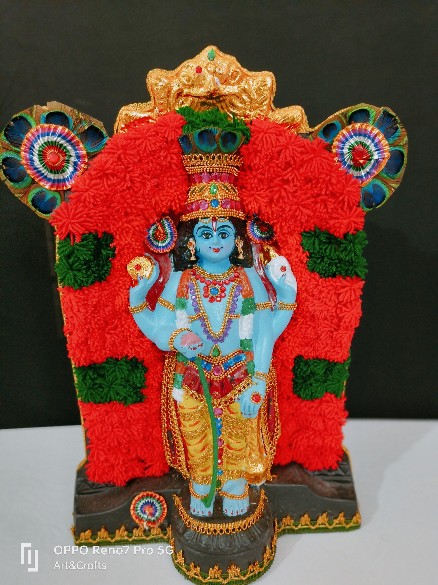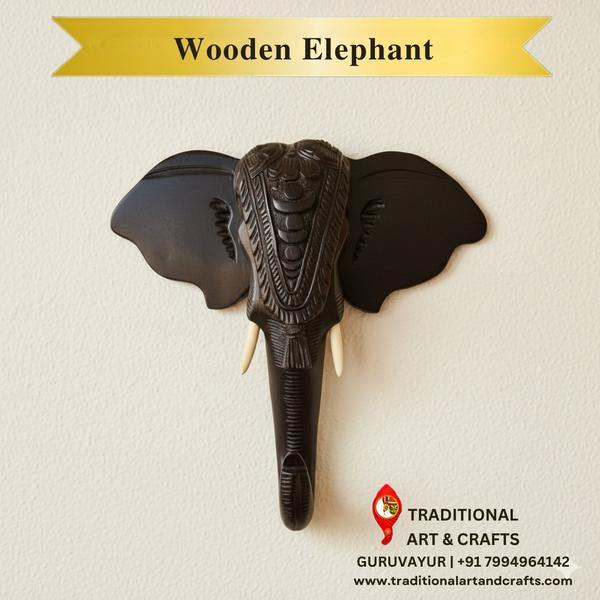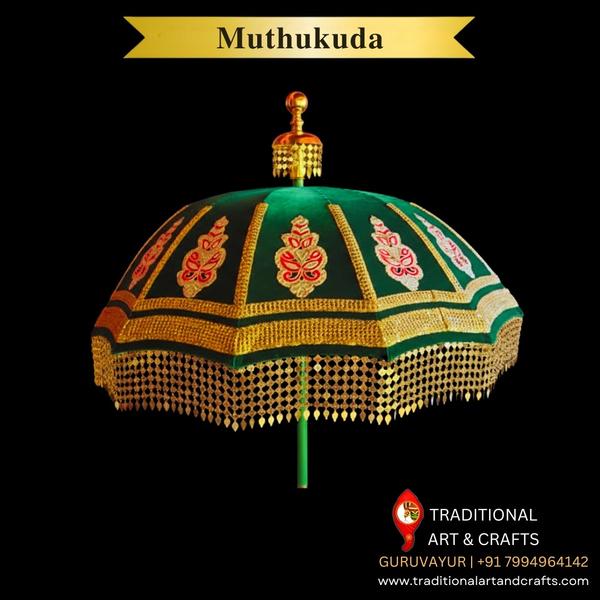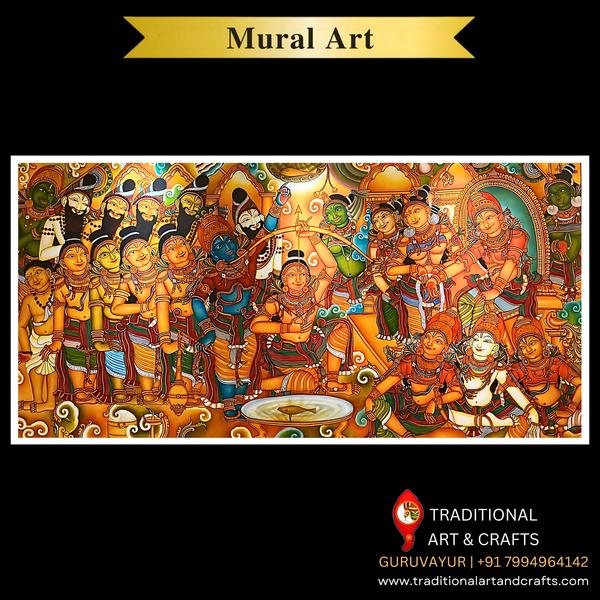
Krishna idols, often crafted with intricate details and vibrant colors, hold deep significance in Hinduism. Krishna is a major deity in Hinduism, revered as the eighth avatar of the god Vishnu. His life and teachings, as depicted in sacred texts like the Bhagavad Gita and the Bhagavata Purana, are cherished by millions worldwide.
Idols of Krishna can vary in size, material, and style, reflecting the diverse cultural traditions within Hinduism. Some idols depict Krishna as a child (Balakrishna), while others portray him as a youthful cowherd (Govinda) or as a divine lover (Krishna playing the flute for Radha). Each representation carries its own symbolism and significance, capturing different aspects of Krishna's multifaceted persona.
In addition to traditional clay or metal sculptures, modern artisans also create Krishna idols using various materials like marble, wood, or even resin. These idols are often adorned with ornaments and clothing, further enhancing their aesthetic appeal.
Krishna idols are not merely objects of worship; they serve as focal points for devotion and meditation, reminding devotees of Krishna's divine presence and teachings. Whether placed in temples, homes, or altars, these idols inspire reverence and devotion among followers of Hinduism.
Keywords
god
size
life
wood
homes
style
child
flute
Radha
resin
Vishnu
others
marble
altars
objects
Govinda
worship
temples
addition
clothing
devotion
devotees
Hinduism
millions
symbolism
ornaments
followers
teachings
reverence
meditation
major deity
Balakrishna
focal points
sacred texts
divine lover
Krishna idols
eighth avatar
Bhagavad Gita
representation
vibrant colors
divine presence
modern artisans
Bhagavata Purana
traditional clay
metal sculptures
aesthetic appeal
youthful cowherd
different aspects
various materials
deep significance
intricate details
multifaceted persona
diverse cultural traditions




